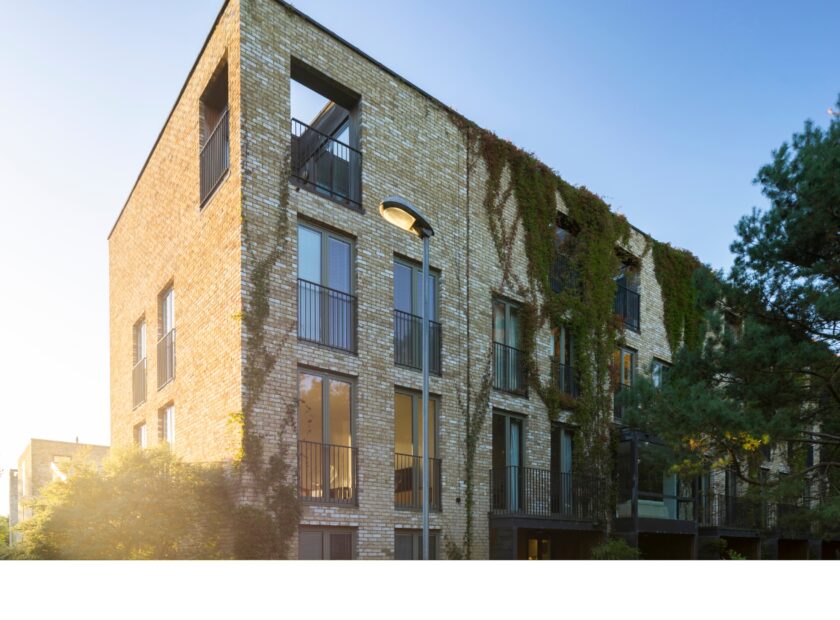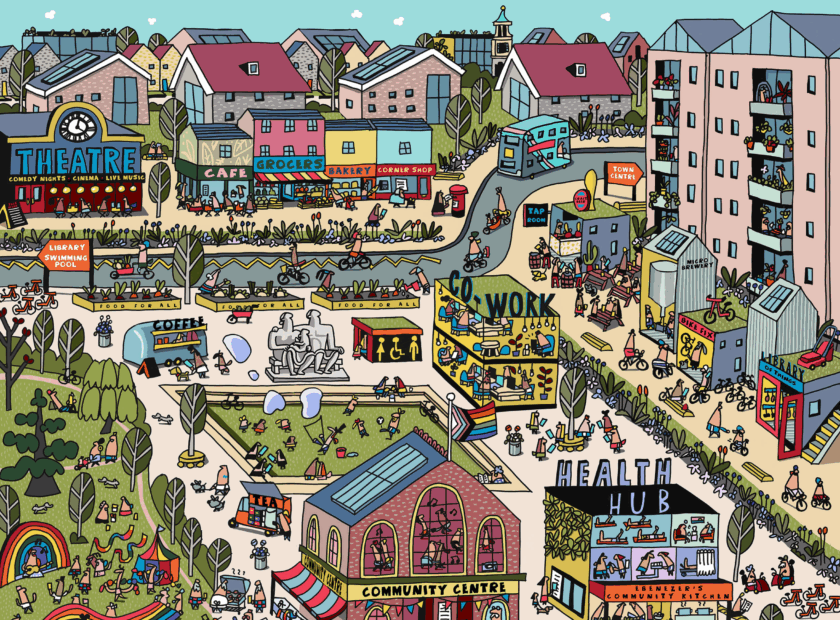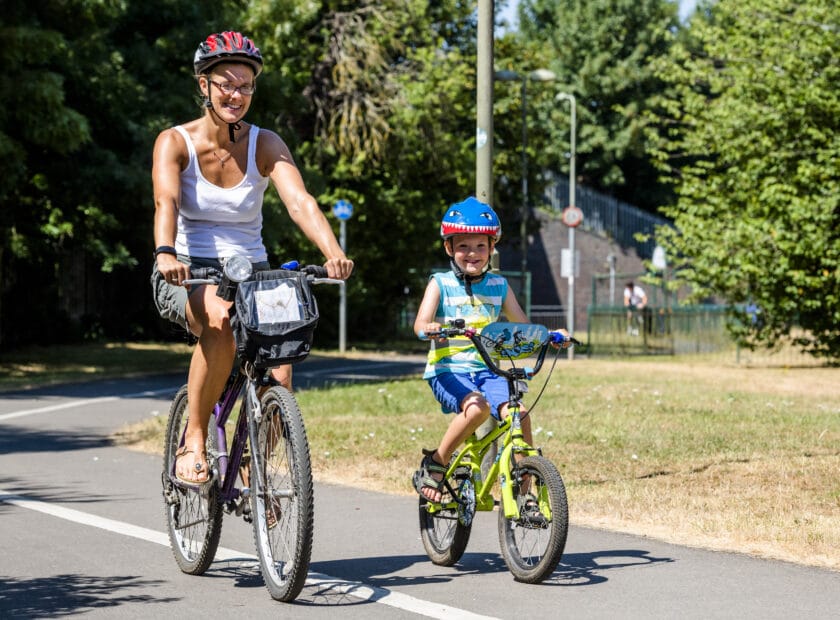Creating 20-minute neighbourhoods offers many benefits – but how do we get the idea off the page, and into our communities, of all shapes and sizes? When planning a new place, 20-minute neighbourhood principles can be ‘designed in’ from the outset, but what about existing places? Where should we start? What do we need to know?
For most 20-minute neighbourhood projects, one of the first steps is to commission a data-led spatial analysis of the area. Quantitative data can provide a picture of the built environment, infrastructure, buildings and planning uses. This type of data can be used to identify gaps in facility and infrastructure provision, and be used to create predictive models to understand, for example, how new connections between places could encourage more active travel, or which areas need new green infrastructure or older people’s housing.
Equally integral to getting 20-minute neighbourhoods right is understanding how people perceive their neighbourhoods: which places they like, or dislike and why; what facilities they feel are missing; and how far people of all demographics and abilities are willing to walk or wheel for a particular service or facility.
Baseline research and analysis is crucial for understanding how a place functions, what assets it has and where, how local residents and businesses experience it, and what the community identify they want and need.
Data on the impacts of climate change, both now and in the future, should also be included. This could include data on local flood risk and urban heating, so that changes to places are designed to mitigate these risks.
A year ago the TCPA launched 20 Minute Neighbourhoods: Creating Healthier, Active, Prosperous Communities, a guide developed as many of us experienced what it was to ‘live locally’ for the first time thanks to Covid-19 restrictions.
In developing the guide, we spoke to passionate people in the UK and around the world researching and creating 20-minute and 15-minute places. The premise is simple – living locally, in complete, compact and connected neighbourhoods – meaning you are an easy walk or wheel from your home to the services and facilities that meet your general everyday needs. The benefits of living this way are multiple: for the individual; for communities, society and the planet. Complete, compact and connected places can improve physical and mental health, help to reduce inequalities, tackle air pollution and climate change and renew and empower communities.
On the 21 June, the TCPA’s next free 20-minute neighbourhoods webinar – the third in our series – will explore ways to gather baseline data to shape, inform, achieve, and evaluate the implementation of 20-minute neighbourhoods. The webinar will include an overview of data sources and tools, as well as presentations from two Councils progressing the principles of 20-minute neighbourhoods.
The webinar will also include an update on development of a national tool to successfully engage with communities to deliver healthier places.
Upcoming webinar: The vital role of data in creating complete, compact and connected places
This webinar – the latest in a series of TCPA webinars about 20-minute neighbourhoods – will explore ways to gather baseline data to shape, inform, achieve, and evaluate the implementation of 20-Minute Neighbourhoods in England.




